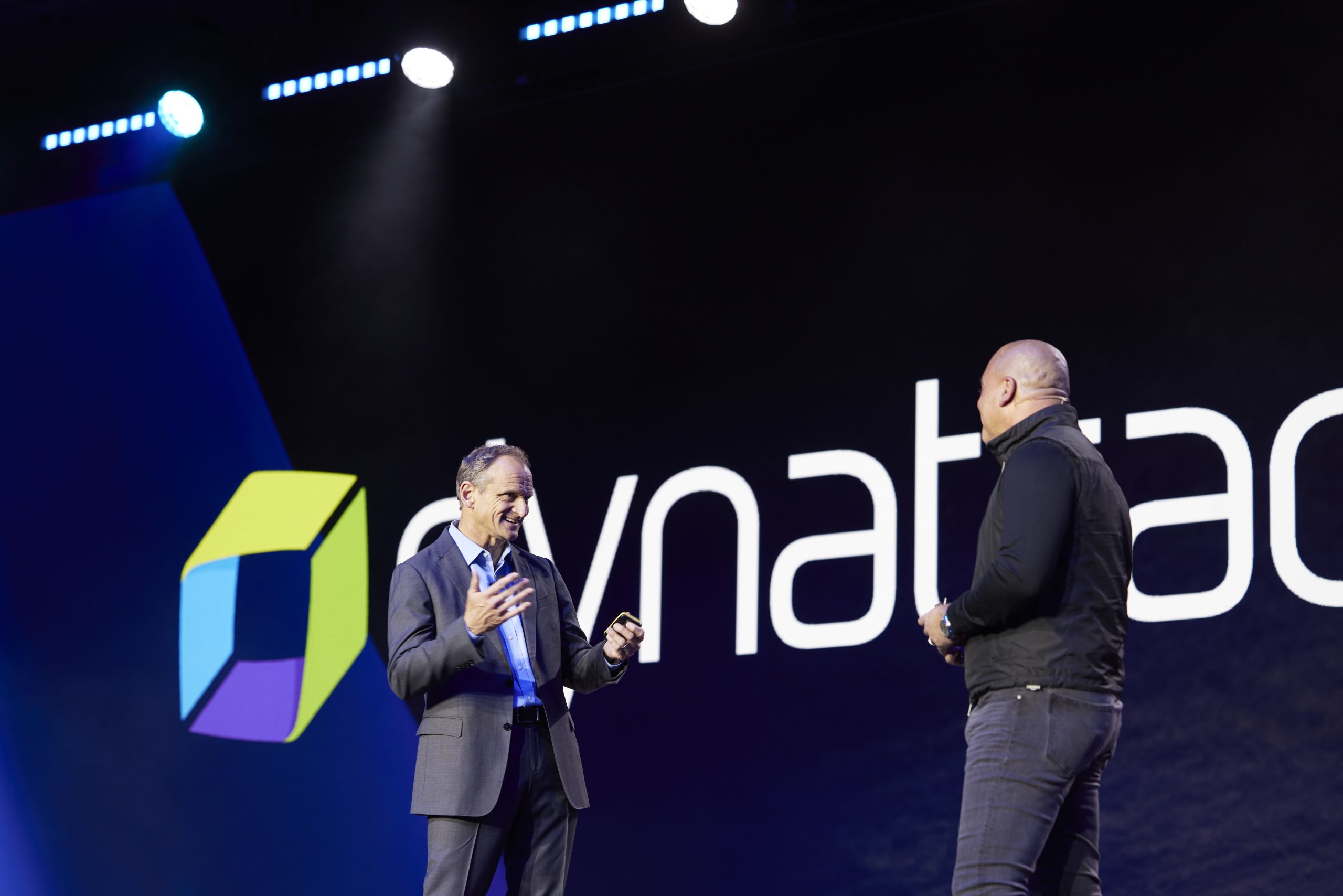At Dynatrace Perform 2024, CEO Rick McConnell said that cloud observability and AI-powered strategies are now essential for organizations to compete amid dynamic, disruptive macroenvironments.
As organizations face an increasingly competitive, dynamic, and disruptive macroeconomic environment, they have turned to cloud services and digitization for an edge.
But as they embrace digital transformation in the cloud, organizations often confront significant challenges. Multicloud environments create massive complexity and a lack of visibility into the potential problems that cloud applications create, from application performance problems and user experience issues to cybersecurity threats.
With this lack of visibility into their cloud environments, organizations are increasingly seeing cloud observability as a business-critical technology.
Survey data indicates that IT professionals have turned to technology to help them address cloud interdependencies and complexity. Indeed, 71% of CIOs say the explosion of data produced by cloud-native technology stacks is beyond humans’ ability to manage. They see cloud visibility, or cloud observability, as core to staying ahead of these challenges.
That’s why a cloud observability platform such as Dynatrace—a technology that provides visibility into IT system and application issues with automated recommendations for remediation—is now mandatory. That was the main message from Dynatrace CEO Rick McConnell during his keynote address at Dynatrace Perform 2024, the cloud observability provider’s annual conference in Las Vegas, taking place from Jan. 29 -Feb. 1.
Cloud observability technology enables organizations to “reduce cost, improve customer satisfaction and user experience, and enable the acceleration of [software] development and delivery of applications,” McConnell said. “Even though the cloud brings enormous complexity.”
Three IT megatrends make cloud observability essential
McConnell identified three key megatrends that have made cloud observability an essential part of not only organizations’ technology strategy but also business strategy.
- Cloud modernization. “Digital transformation is ubiquitous,” McConnell said. According to Gartner, by 2027, more than 70% of enterprises will use cloud platforms to accelerate business initiatives, an increase from less than 15% in 2023.
- Artificial intelligence. McConnell noted that AI is becoming as ubiquitous as digital transformation. According to a recent Dynatrace survey, 83% of technology leaders say AI has become mandatory to keep up with the dynamic nature of multicloud environments. At the same time, technologists say that generative AI could be much more beneficial when enriched by other forms of AI.
- Threat protection Myriad organizational digital transformation initiatives— combined with exploding cloud workloads and increasing use of generative AI—are also fueling increasing cyberthreats, McConnell said.
Again, survey data supports this trend. According to Dynatrace research, 68% of chief information security officers say the complexity of cloud ecosystems and software supply chains makes vulnerability management more difficult.
How IT megatrends are fueling business transformation
McConnell said that companies now view high-quality software development and cloud observability as twin pillars in their efforts to compete in their respective marketplaces.
McConnell noted that the CIO of a large Asia-Pacific bank is using cloud observability in software development to gain a leg up.
“We are going to win in our market,” noted the Dynatrace customer and bank CIO. “Our strategy is to differentiate on software that works better than anybody else’s.”
“Their differentiation to win—from a business standpoint, growing market share and accelerating revenue growth—is through better software,” McConnell noted.
Five key organizational imperatives in digital disruption
While organizations may have thrown themselves headlong into their digital transformation and cloud modernization initiatives, it’s just the beginning for true business transformation.
That’s because less than 20% of x86 workloads reside in the cloud, according to recent McKinsey & Co. research.

According to Andy Tay, Accenture senior managing director and head of cloud-first practice, there are five key imperatives for organizations to brave digital disruption, embrace reinvention, and prevail in their industries.
- Lead with value. Organizations should lead not just with technology but also by identifying business value. Instead of using technologies such as generative AI for siloed purposes, they should develop a strategy to evaluate value based on an objective assessment of the business case, organizational readiness, and the corresponding return on investment.
- Develop an AI-enabled, secure digital core. Organizations should invest in technology that runs seamlessly and allows for the continuous creation of new capabilities. This core must be flexible, open, secure, and span applications data, AI, and security principles. That core, Tay said, is increasingly important to get right with the “plethora of architectures out there.”
- With technologies such as generative AI, workforces will get disrupted and changed. It’s important, Tay said, that leaders go along on that journey to instill a culture of continuous learning throughout the workforce, including the C suite.
- Responsible AI. As organizations increasingly use AI to make decisions, they should rigorously monitor their models for accuracy, bias, violations of data privacy, data freshness, and other criteria. AI models can suffer from these kinds of reliability degradations, which can compromise the value of decision-making based on AI-enabled data. Moreover, organizations need to close the gap on responsible AI, Tay noted. While 96% of organizations support some level of government regulation surrounding AI, only 2% of companies have self-identified as having fully operationalized responsible AI across their organization.
- Continuously evolve, reinvent. Reinvention is becoming the default strategy, Tay said. Organizations must build change, flexibility, and reinvention into their DNA to survive and thrive. “Companies must constantly build their organizational agility and make change management a core competency,” an Accenture report noted.
Organizations need to be able to rely on their AI-enabled processes as they move forward in the cloud and digitally transform. Dynatrace cloud observability provides that trusted foundation, McConnell noted.
“Amid this complexity and chaos, McConnell said, “observability is mission-critical, along with application security.”
Accenture’s Tay agreed. “We see observability at the core of any digital transformation.”
For all Perform coverage, check out the Dynatrace Perform 2024 guide.
For more on digital transformation and AI, check out our report “The state of AI 2024.”





Looking for answers?
Start a new discussion or ask for help in our Q&A forum.
Go to forum